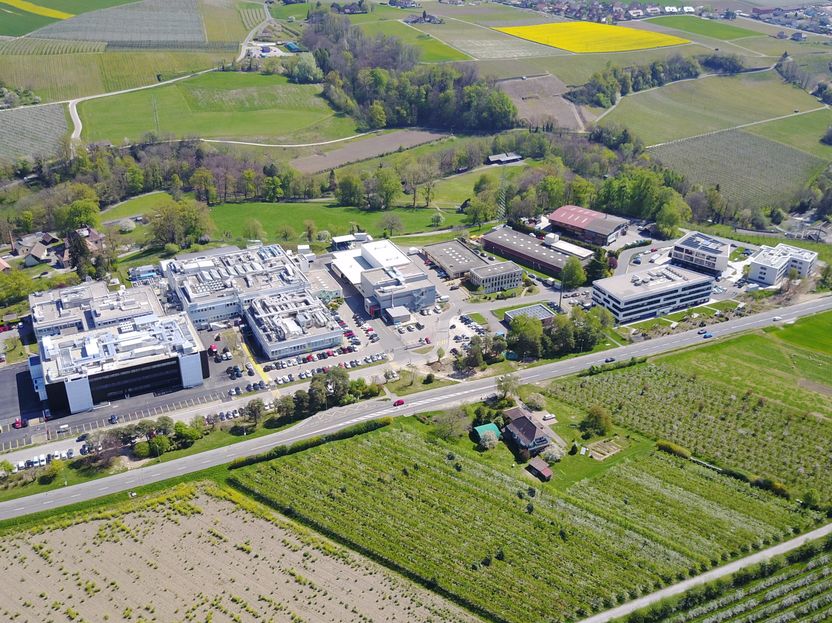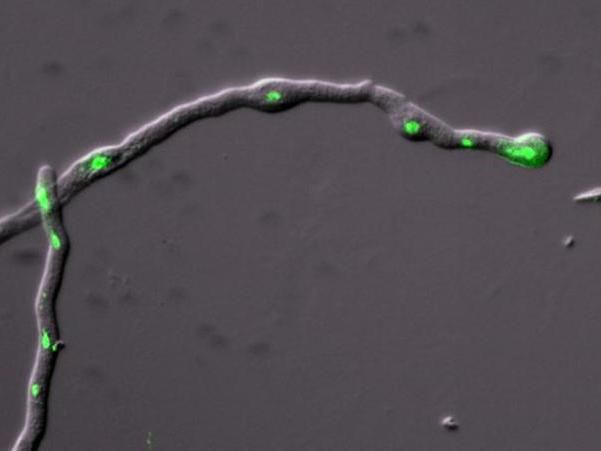UF receives $7.5 million to study MRI as a tool for evaluating patients with Duchenne muscular dystrophy
Duchenne muscular dystrophy research at the University of Florida got a major boost with the award of $7.5 million in National Institutes of Health funding to study the use of magnetic resonance imaging in determining the natural progression of the disease.
UF scientists will assess whether MRI technology can be used as a precise, noninvasive measure of muscle tissue in children with Duchenne muscular dystrophy. Understanding how the disease affects muscle tissue could help facilitate the testing of new therapies in clinical trials, researchers say.
Duchenne muscular dystrophy affects about one of every 3,500 to 5,000 boys born each year in the United States, according to the Centers for Disease Control and Prevention. The disease causes the muscles that control movement to progressively weaken and lose the ability to regenerate after an injury, eventually replacing critical muscle tissue with fat and collagen. By age 12, many patients need a wheelchair. As the disease advances, the heart and respiratory system are affected and patients often die of cardiorespiratory failure in their 20s.
“The lack of a reliable assessment tool for measuring muscle function in patients with Duchenne inhibits the transfer of new therapies from the lab to clinical trials,” said the study’s lead investigator KristaVandenborne, Ph.D., an associate dean for research and planning at the UF College of Public Health and Health Professions and chair of the department of physical therapy. “MRI allows you to look at the structure of a muscle tissue in a very objective way with a large amount of detail. Our goal is to develop MRI as a tool to see the progression of the disease, but more importantly, to determine if a new treatment is effective or not, giving researchers rapid feedback about potential new drugs.”
The study is funded by the National Institute of Arthritis and Musculoskeletal and Skin Diseases and the National Institute of Neurological Disorders and Stroke and will include researchers at Oregon Health and Science University, Children’s Hospital of Philadelphia and the University of Pennsylvania. Researchers at the four sites will conduct MRI measurements of muscle in 100 boys with Duchenne, ages 5 through 14, over a five-year period.
“We are confident that by the end of the study we will be able to provide clear guidelines for how MRIs should be performed in Duchenne muscular dystrophy and that MRIs will be a valuable tool in clinical trials and drug tests targeting potential Duchenne treatments,” Vandenborne said.
Preliminary studies, funded by Parent Project Muscular Dystrophy and the Muscular Dystrophy Association, involved about 30 boys and demonstrated that MRI had many advantages over traditional muscle biopsies, Vandenborne said. Biopsies are invasive and do not give researchers a complete view of all the muscle tissue.
“NIH is excited to award this important research grant to Dr. Vandenborne,” said Glen Nuckolls, Ph.D., program director of the Muscle Disorders and Therapies Program at the National Institute of Arthritis and Musculoskeletal and Skin Diseases. “It is the type of thorough observational study that will collect data needed to design better clinical trials for DMD. Magnetic resonance imaging and spectroscopy are powerful tools to look inside the muscles of patients and measure chemicals in the muscles, and this study has the potential to show that these would be very valuable tools in determining whether an experimental therapy is working to improve the muscles of boys with DMD.”
Other news from the department science
Most read news
More news from our other portals
See the theme worlds for related content
Topic World Spectroscopy
Investigation with spectroscopy gives us unique insights into the composition and structure of materials. From UV-Vis spectroscopy to infrared and Raman spectroscopy to fluorescence and atomic absorption spectroscopy, spectroscopy offers us a wide range of analytical techniques to precisely characterize substances. Immerse yourself in the fascinating world of spectroscopy!

Topic World Spectroscopy
Investigation with spectroscopy gives us unique insights into the composition and structure of materials. From UV-Vis spectroscopy to infrared and Raman spectroscopy to fluorescence and atomic absorption spectroscopy, spectroscopy offers us a wide range of analytical techniques to precisely characterize substances. Immerse yourself in the fascinating world of spectroscopy!





















































